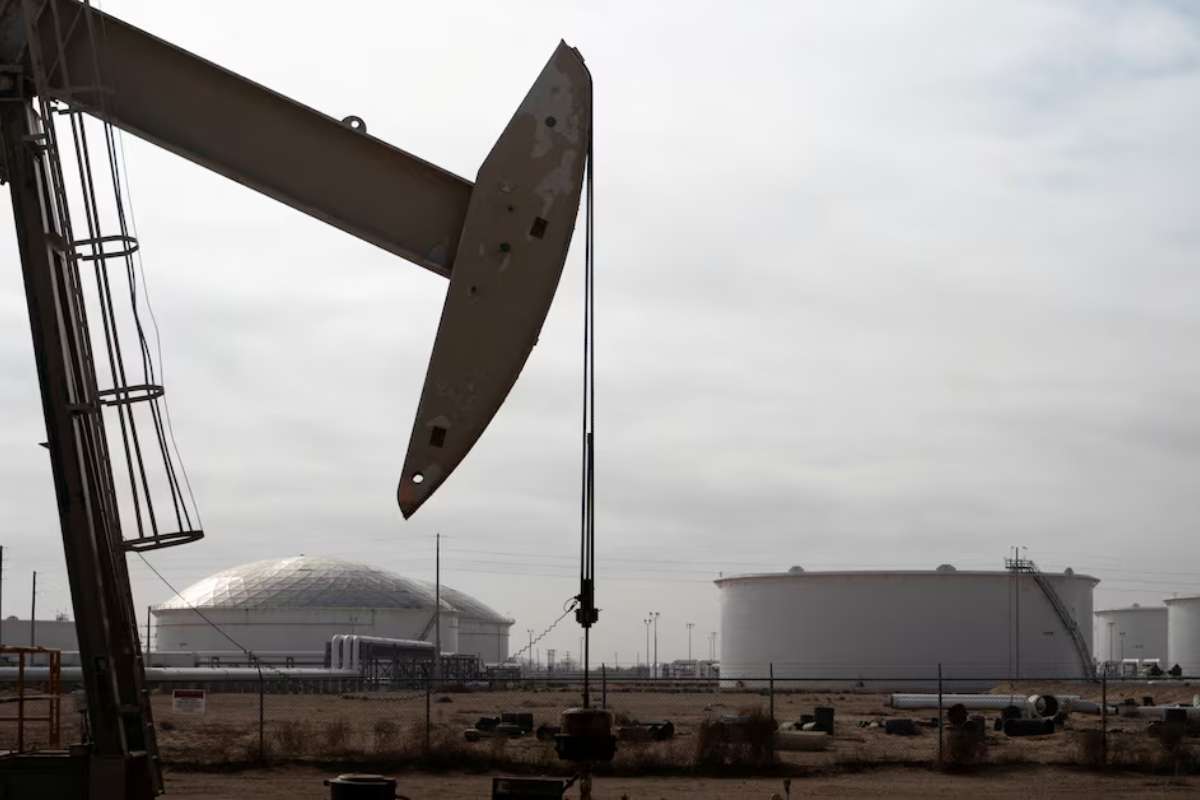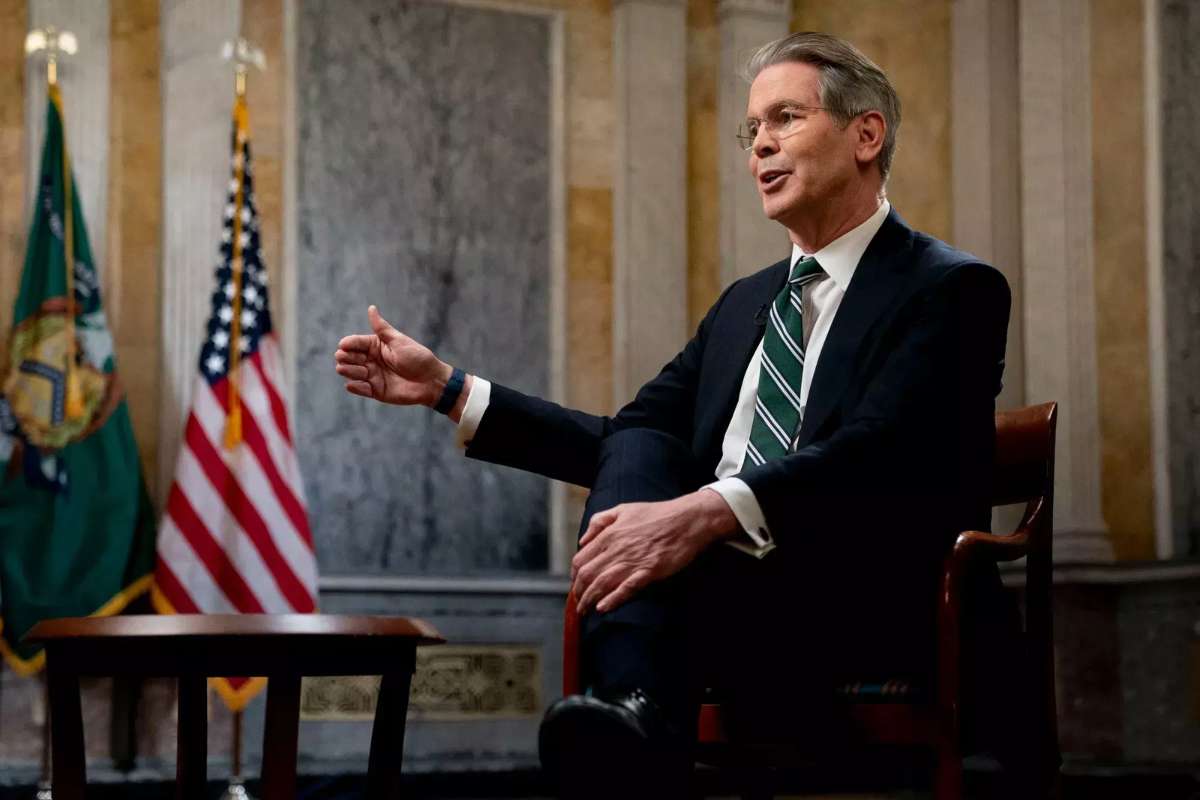Oil prices declined about 1% on Thursday, hitting their lowest levels in two weeks after U.S. government data revealed a surprise build in crude stockpiles. Traders also weighed expectations that OPEC+ and its allies may approve a production increase at their upcoming weekend meeting.
Brent Crude Stockpile futures settled at $66.95 a barrel, down 65 cents or 1%, while U.S. West Texas Intermediate (WTI) crude slipped 49 cents, or 0.8%, to $63.48. The closing levels marked the weakest for Brent since August 20.
The U.S. Energy Information Administration (EIA) reported that Crude Stockpile inventories rose by 2.4 million barrels during the week ending August 29. Analysts had expected a withdrawal of around 2 million barrels, while the American Petroleum Institute had estimated a smaller 0.6-million-barrel increase earlier in the week.
“This is a little bit of a bearish report with that crude build,” said John Kilduff, partner at Again Capital, noting that refinery maintenance season often reduces demand for crude, pushing inventories higher.
OPEC+ Eyes Market Strategy
Attention now turns to OPEC+, where members including Saudi Arabia and Russia will convene on Sunday. Two sources familiar with the discussions indicated the group is considering additional production hikes in October, a move that could emphasize regaining global market share over supporting prices.
OPEC+ has already agreed to raise production targets by about 2.2 million barrels per day (bpd) between April and September, along with an additional 300,000 bpd quota for the United Arab Emirates. Analysts say another increase could signal the alliance’s willingness to prioritize long-term influence in the oil market, even at the expense of near-term revenue.
“A potential OPEC+ production hike would send a strong signal that regaining market share takes priority over price support,” said Tamas Varga, senior analyst at PVM Oil Associates.
Economic Signals and Federal Reserve Outlook
Oil markets were also swayed by U.S. economic data showing jobless claims rose more than expected last week. The report reinforced expectations that the Federal Reserve will cut interest rates during its September meeting, likely by a quarter percentage point. The federal funds rate currently stands in the 4.25% to 4.5% range.
Lower interest rates typically reduce borrowing costs, support consumer spending, and stimulate economic growth, which can translate into stronger demand for oil. However, concerns about the independence of the Federal Reserve came into focus as lawmakers questioned Stephen Miran, nominated to the central bank’s board, on his ability to remain politically neutral.
The combination of rising U.S. Crude Stockpile inventories, potential OPEC+ output increases, and shifting monetary policy left traders navigating an uncertain landscape for energy prices. Market participants will watch closely for the outcome of OPEC+ discussions this weekend and signals from the Federal Reserve’s upcoming meeting for clues on the direction of oil demand and supply.
Visit Oil Gas Energy Magazine for the most recent information.












